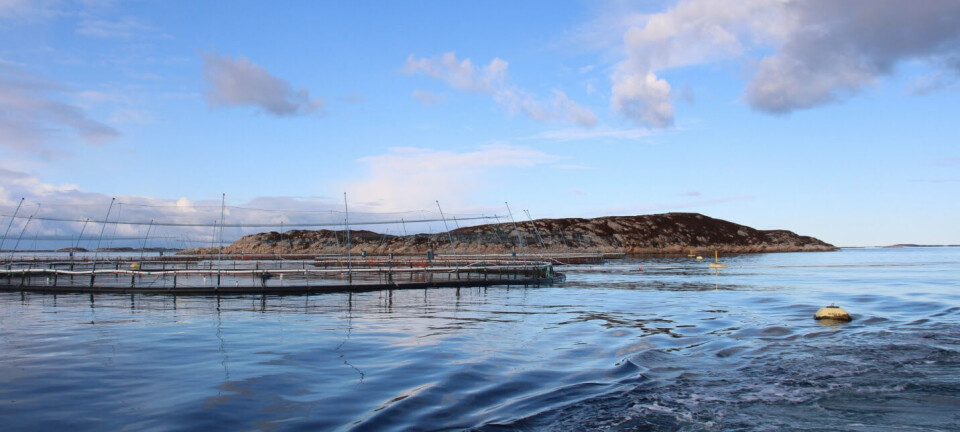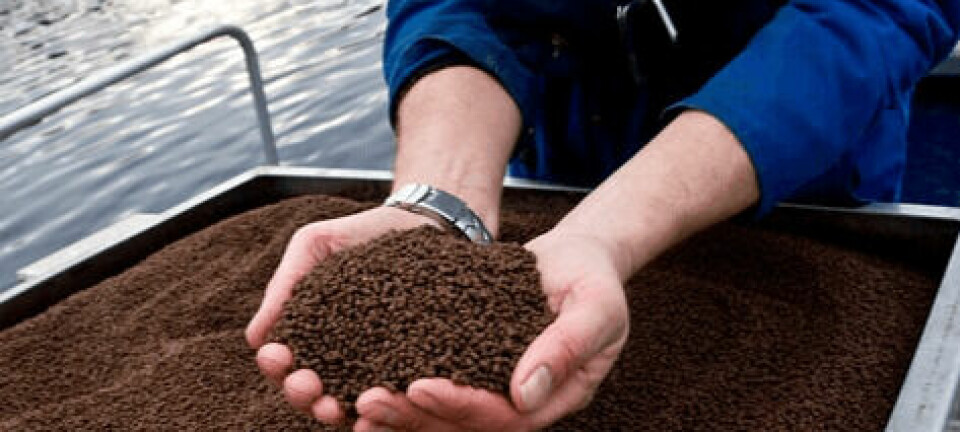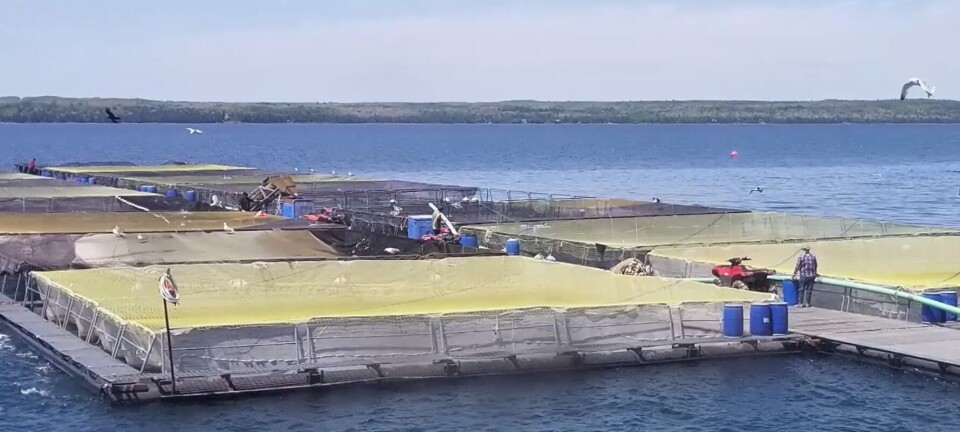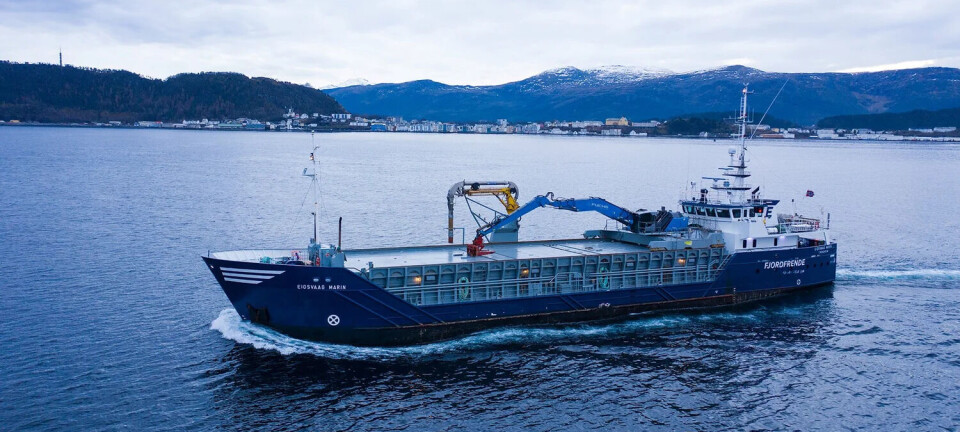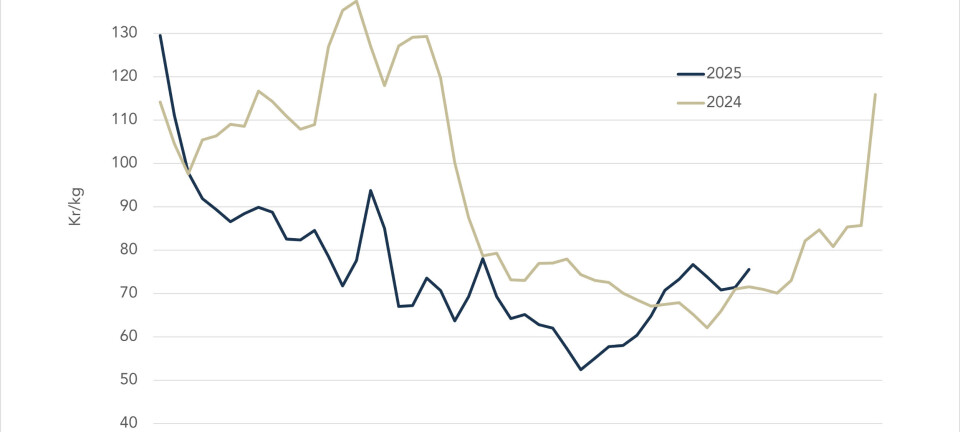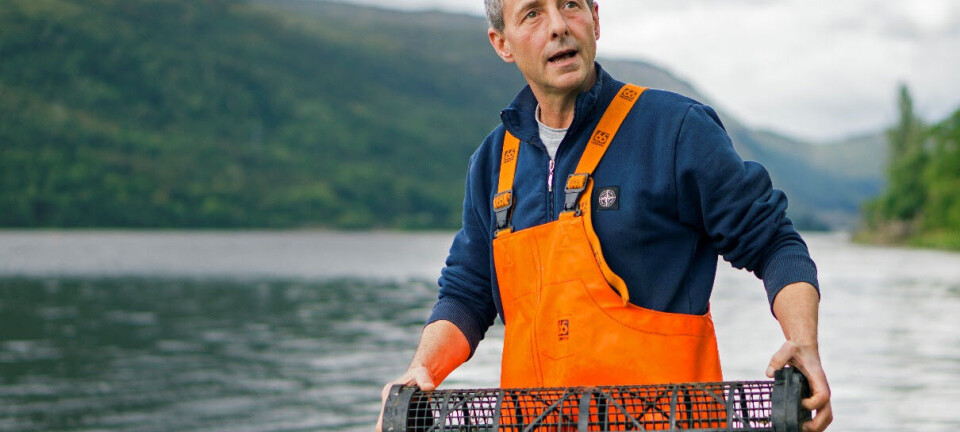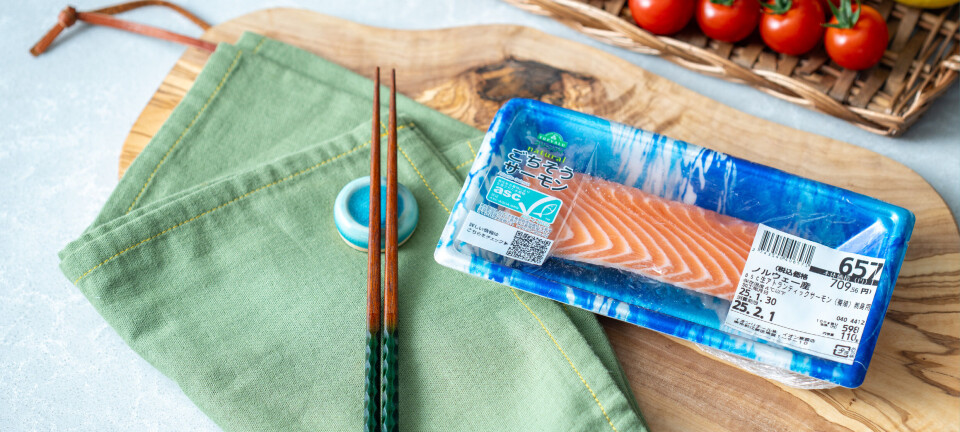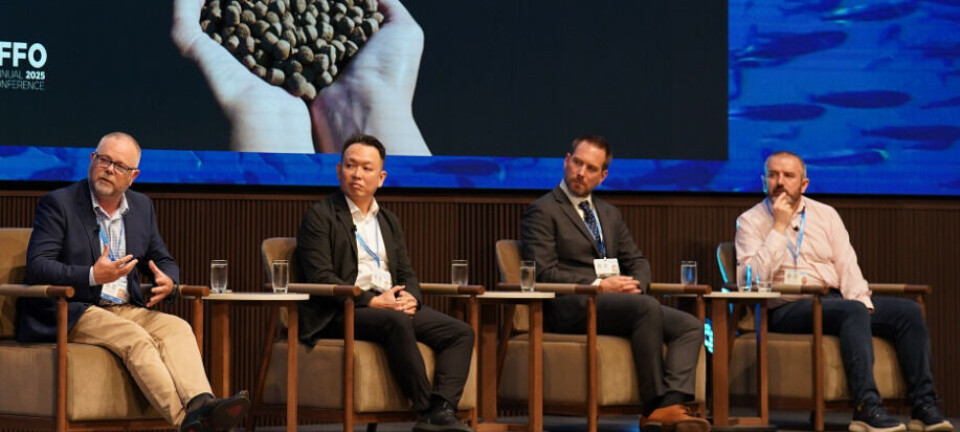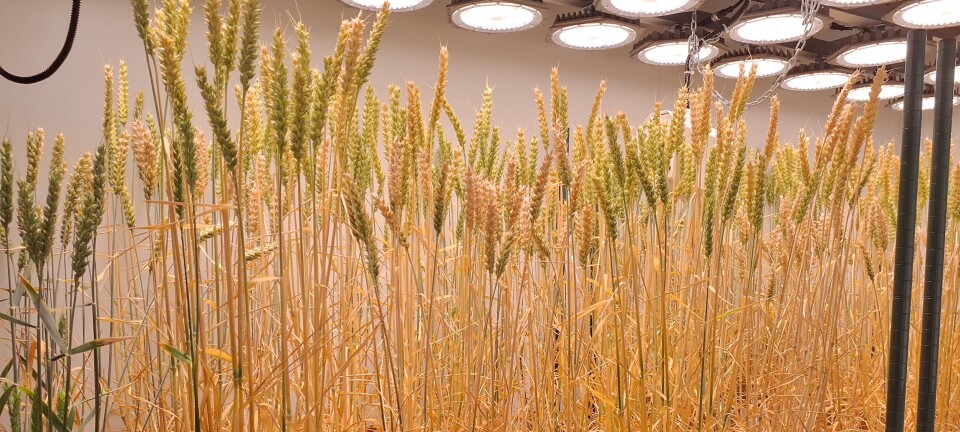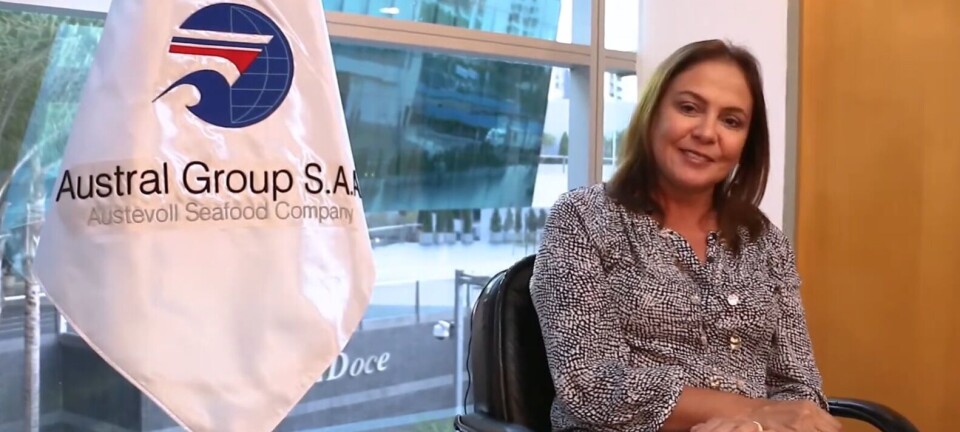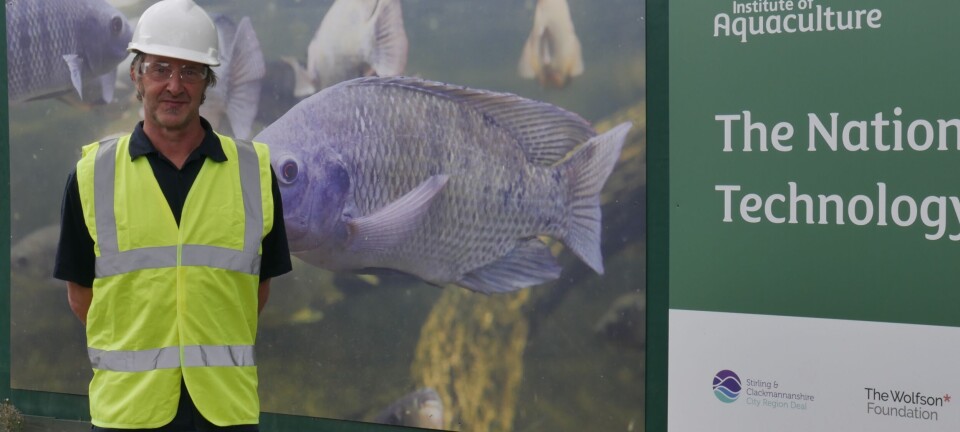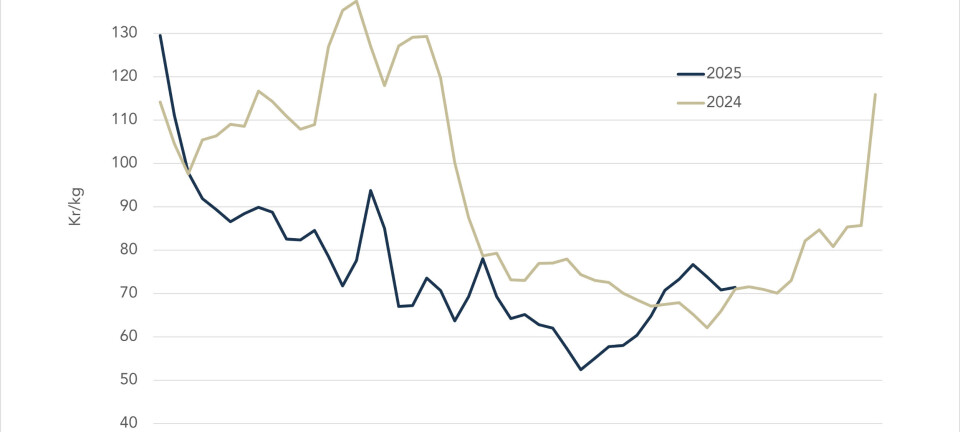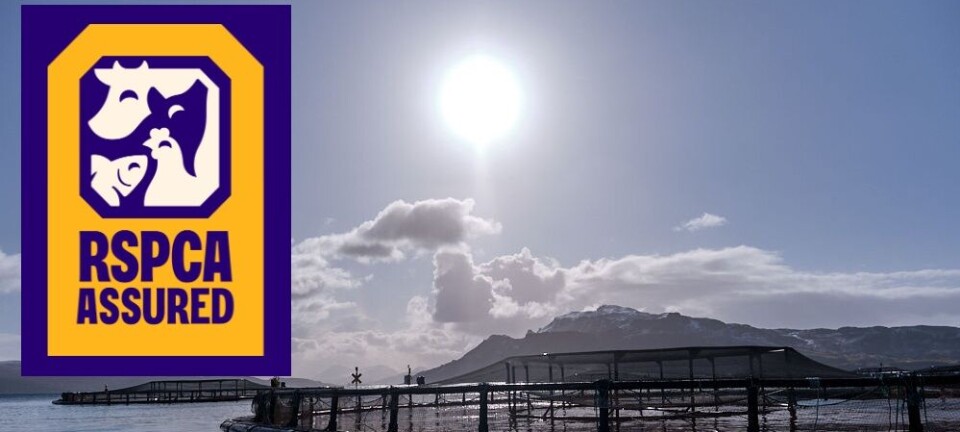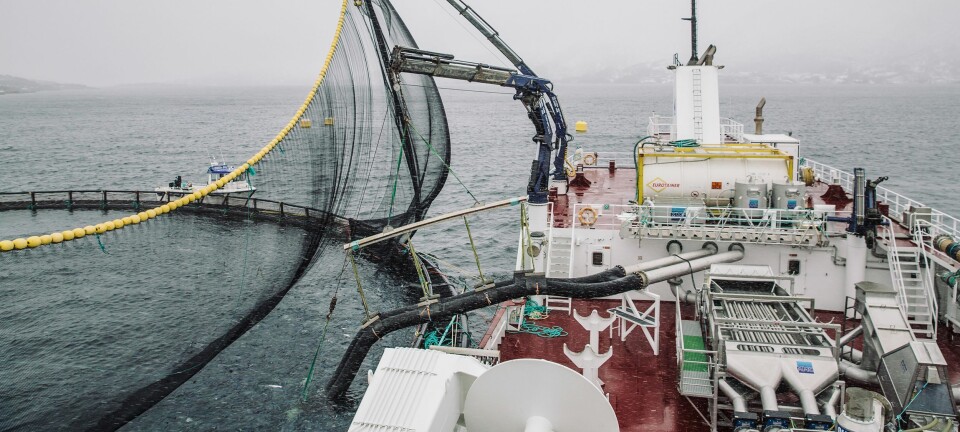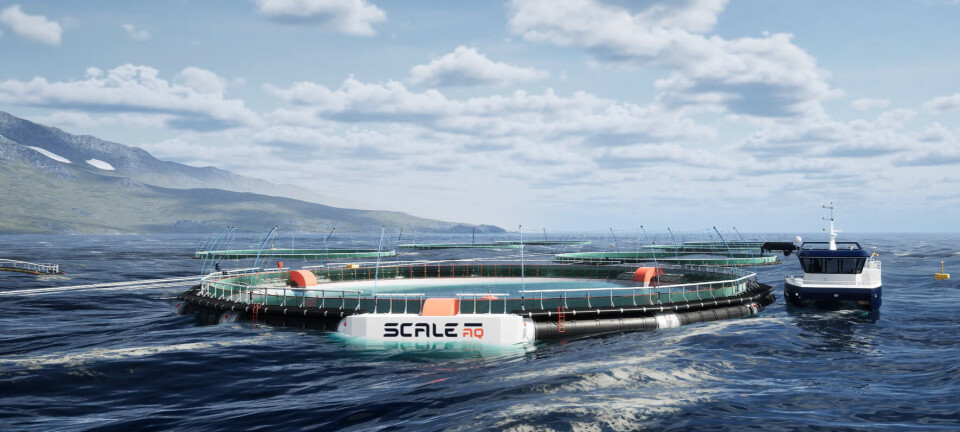
Aqua offcuts are underused
Byproducts from both the aquaculture and fisheries industries are being underutilised by the fishmeal and fish oil industries, according to new research.
Scientists at the University of Stirling have used models of current and future fisheries and aquaculture production, based on FAO data, to provide estimates for the future availability of raw material for marine ingredients.
The project was commissioned by IFFO in order to quantify the potential volume of future global raw material supply. The model shows an increasing availability of aquaculture byproducts as that sector continues to grow, but also confirms an under-utilisation of byproduct from both fisheries and aquaculture at the current time.
Europe currently uses proportionately more byproduct for fishmeal and fish oil production than other regions. Asia, and China in particular, shows the most potential for future marine ingredient supply from under-utilised resources in both fisheries and aquaculture. Fish oil is predicted to grow more slowly than fishmeal, as future contributions from aquaculture are likely to include increasing proportions of low-oil yield farmed freshwater species. Logistical and practical difficulties account for the current under-utilisation of byproduct in marine ingredient production.
Dr Neil Auchterlonie, Technical Director of IFFO, said: “Models such as this are useful in providing an overview of future scenarios for the industry, and are important in managing the security of supply of marine ingredients within global food supply chains. The Stirling University team has provided some excellent predictions of future supply of these vital ingredients into aquatic and terrestrial protein production systems.”
The full report may be accessed at http://www.iffo.net/system/files/Report%20IoA%20IFFO%20project%20Final_0.pdf



